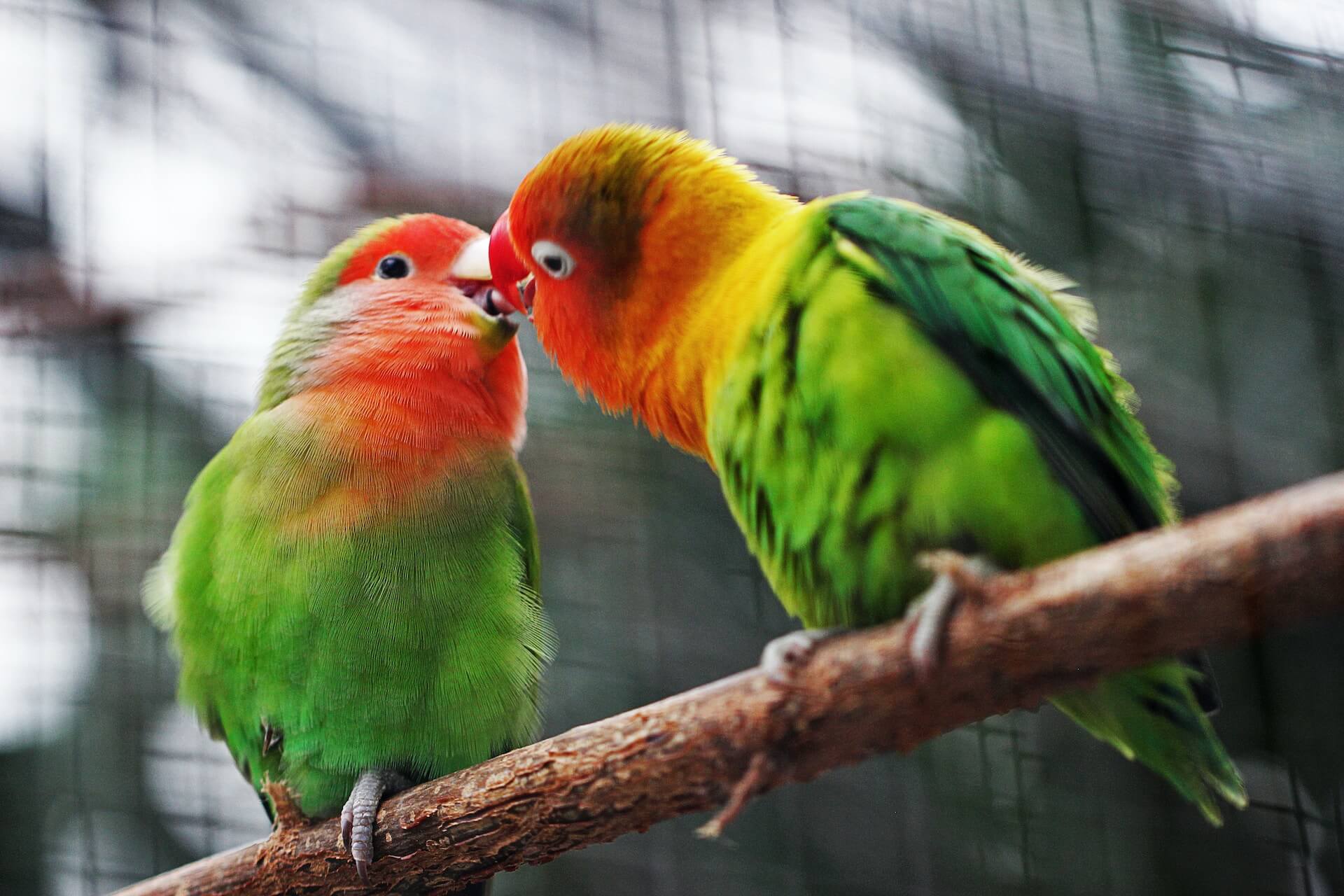Pet birds can make delightful and charming companions, offering their owners the joy of their company and their beautiful songs. If you’re considering bringing a pet bird into your life, it’s essential to understand the responsibilities and requirements of bird ownership. This beginner’s guide will help you get started on your journey to becoming a pet bird owner.
Step 1: Research and Education
Before bringing a pet bird home, take the time to educate yourself about the different bird species and their needs. Proper research is essential to ensure you select a bird that suits your lifestyle and preferences.
A. Bird Species
There is a wide variety of pet bird species to choose from, each with its unique characteristics. Some popular choices for beginners include:
- Budgerigars (Budgies): Small, colorful, and friendly, budgies are a great choice for beginners.
- Cockatiels: These affectionate birds are known for their charming personalities and the ability to mimic sounds.
- Lovebirds: Lovebirds are known for their strong pair bonds and vibrant plumage.
- Canaries and Finches: If you’re interested in songbirds, canaries and finches are good options.
- Parrotlets: Small parrots with big personalities, parrotlets are playful and social.
B. Housing
Select an appropriate cage for your bird. Ensure it’s spacious enough to allow your bird to stretch its wings, climb, and play. Consider the bar spacing to prevent escapes or injuries.
C. Diet
Understand the dietary needs of your chosen bird species. Most pet birds require a balanced diet of seeds, pellets, fresh fruits, and vegetables. Some species have specific dietary requirements, so research is crucial.
D. Lifespan
Keep in mind that pet birds can have long lifespans. Some species can live for decades, so be prepared for a long-term commitment.
Step 2: Preparing Your Bird’s Environment
Once you’ve chosen the right bird species, it’s time to prepare their living environment.
A. Cage Setup
Set up the bird’s cage with appropriate perches, toys, and accessories. Birds need mental stimulation and physical exercise, so provide toys that encourage activity and play.
B. Location
Place the cage in a quiet area of your home away from drafts, direct sunlight, and extreme temperature fluctuations. Birds thrive on routine, so choose a location where they can have consistent exposure to your daily activities.
C. Safety Measures
Ensure your home is bird-proofed to prevent accidents. Remove toxic plants, secure windows and doors, and keep harmful chemicals out of reach.
Step 3: Bringing Your Bird Home
When bringing your new feathered friend home, take steps to ease their transition.
A. Quarantine
It’s a good practice to quarantine your new bird for a few weeks to ensure they are healthy and free from diseases that could spread to your other pets.
B. Slow Introduction
Introduce your bird to its new cage gradually. Allow them to acclimate to their surroundings at their own pace.
C. Interaction
Spend time with your bird daily, talking to them and offering treats to build trust and create a bond. Be patient if your bird is initially shy or hesitant.
Step 4: Daily Care and Maintenance
Pet birds require daily care to thrive. Here are some essential aspects of bird ownership:
A. Diet and Hydration
Provide fresh water daily and offer a variety of foods to ensure a balanced diet. Remove uneaten fruits and vegetables promptly to maintain cleanliness.
B. Cage Cleaning
Regularly clean the cage to remove droppings, leftover food, and soiled bedding. Deep clean the cage on a weekly basis.
C. Mental Stimulation
Keep your bird mentally engaged with toys, puzzles, and interactive play. Rotate toys to prevent boredom.
D. Grooming
Some birds may require grooming, such as nail trimming or beak maintenance. Consult with a veterinarian or an experienced bird owner for guidance.
E. Veterinary Care
Schedule regular check-ups with an avian veterinarian. Birds can hide signs of illness, so routine health assessments are vital.
Step 5: Building a Strong Bond
Building a strong bond with your pet bird is one of the most rewarding aspects of bird ownership.
A. Trust and Patience
Earn your bird’s trust through consistent care and gentle interaction. Be patient, especially if your bird is shy or skittish.
B. Training
Positive reinforcement training can help teach your bird tricks and improve their behavior. Use rewards like treats and praise to reinforce desired behaviors.
C. Socialization
Birds are social creatures and thrive on companionship. Spend quality time with your bird daily to nurture your bond.
Step 6: Enjoying Your Feathered Companion
Owning a pet bird is a unique and enriching experience. Enjoy the companionship, personality, and beauty your bird brings to your life.
A. Listening to Their Songs
Many birds are known for their melodious songs. Listen and appreciate the unique vocalizations of your bird.
B. Observation
Birds are fascinating to watch. Observe their behaviors, interactions, and playful antics.
C. Sharing Your Passion
Connect with other bird enthusiasts through local bird clubs or online communities to share experiences and gain valuable insights.

Remember that each bird is an individual with its own personality and preferences. Building a strong bond with your bird takes time, patience, and dedication. As you provide the care and attention your pet bird needs, you’ll be rewarded with the joy and companionship that only a feathered friend can offer.
In conclusion, getting started with pet birds requires careful research, preparation, and daily commitment. With the right knowledge and approach, you can provide a happy and healthy life for your avian companion. Cherish the unique bond you build with your feathered friend, and enjoy the journey of bird ownership.



2 comments
[…] They are known for their friendly and playful nature. If you want a pet that can become a part of your family, a cockatiel is an excellent […]
[…] proper care for your canary is essential to ensure their health and happiness. Here are some care […]